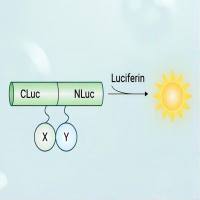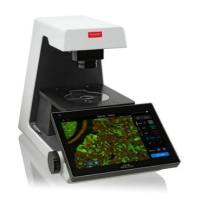Biofunctionalization of Carbon Nanotubes for Atomic Force Microscopy Imaging
互联网
386
The study of biological processes relies increasingly on methods for probing structure and function of biochemical machinery (proteins, nucleic acids, and so on) with submolecular resolution. Atomic force microscopy (AFM) has recently emerged as a promising approach for imaging biological structures with resolution approaching the nanometer scale. Two important limitations of AFM in biological imaging are (1) resolution is constrained by probe tip dimensions, and (2) typical probe tips lack chemical specificity to differentiate between functional groups in biological structures. Single-walled carbon nanotubes (SWNTs) offer an intriguing possibility for providing both high resolution and chemical selectivity in AFM imaging, thus overcoming the enumerated limitations. Procedures for generating SWNT tips for AFM will be described. Carboxylic acid functional groups at the SWNT ends can be functionalized using covalent coupling chemistry to attach biological moieties via primary amine groups. Herein, the focus will be on describing methods for attaching biotin to SWNT tips and probing streptavidin on surfaces; importantly, this same coupling chemistry can also be applied to other biomolecules possessing primary amine groups. Underivatized SWNT tips can also provide high-resolution AFM images of DNA. Biofunctionalization of SWNT AFM tips offers great potential to enable high-resolution, chemically selective imaging of biological structures.









